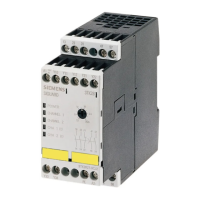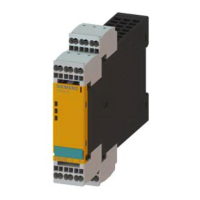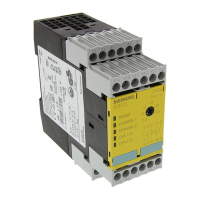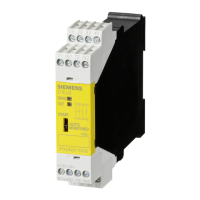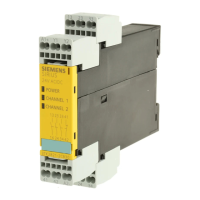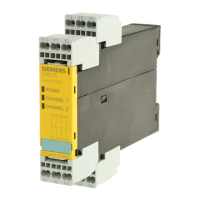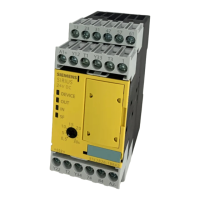Introduction
1.6 Product-specific safety information
3TK2810-1 safety-related speed monitor
10 System Manual, 01/2011, 926246402000 DS 02
ESD guidelines
ESD components are destroyed by voltage and energy far below the limits of human
perception. Voltages of this kind occur as soon as a device or an assembly is touched by a
person who is not electrostatically discharged. ESD components which have been subject to
such voltage are usually not recognized immediately as being defective, because the
malfunction does not occur until after a longer period of operation.
CAUTION
Damage to the speed monitor from electrostatic charging!
The speed monitor contains electrostatically sensitive devices. These modules will be
destroyed or damaged by improper handling.
• You must discharge your body electrostatically immediately before touching an
electronic component. To do this, touch a conductive, grounded object, e.g., a bare
metal part of a switch cabinet or the water pipe.
• Always hold the component by the plastic enclosure.
• Electronic modules should not be brought into contact with electrically insulating
materials such as plastic film, plastic parts, insulating table supports or clothing made of
synthetic fibers.
• Always place electrostatic sensitive devices on conductive bases.
• Always store and transport electronic modules or components in ESD-safe conductive
packaging, e.g. metallized plastic or metal containers. Leave the component in its
packaging until installation.
NOTICE
In the case of capacitive or inductive load at the output contacts, sufficient suppressor
circuits must be provided to protect against contact overload. A fuse must also be
connected in series to protect against welding of the safety contacts (see Chapter
"Technical data (Page 63)").
Note
Routing of the sensor cables
If EMC interference is to be expected, all initiator/encoder cables are to be shielded when
laid. The shielding must be connected to PE at both ends.

